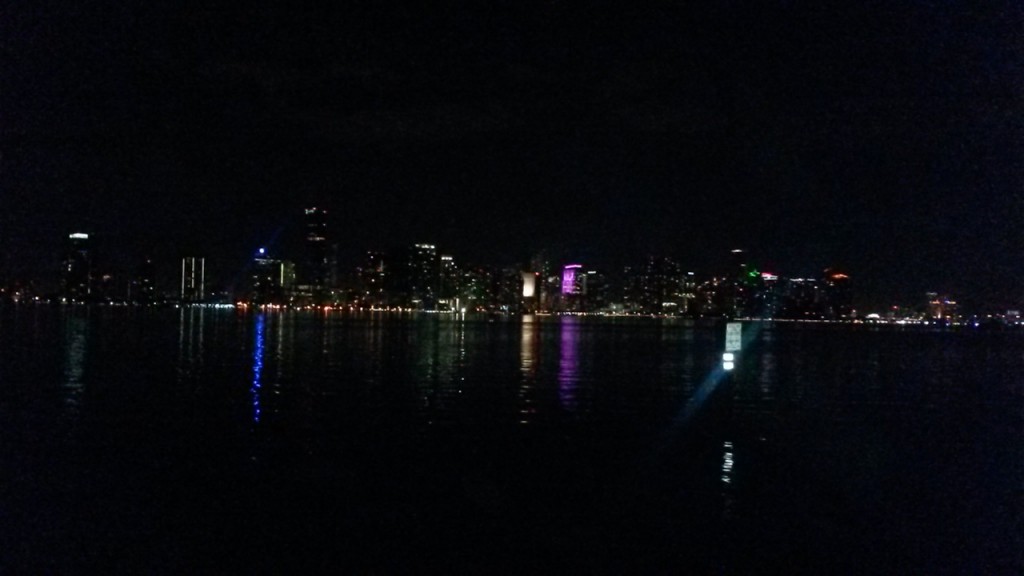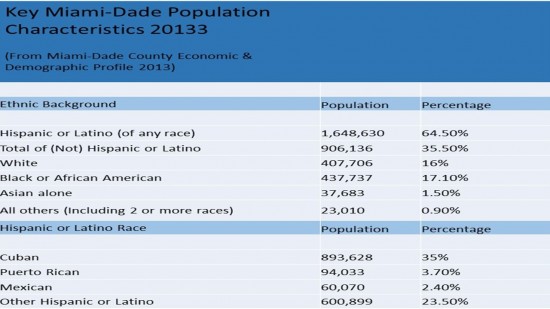When I graduated from high school, I wanted to escape the hectic traffic, crowded beaches, and nightlife of Miami, Florida. But once I spent a year in Gainesville, I ached to come home. The city lacked Miami’s diversity, culture, and history. I realized that I took the city for granted and never explored the depth of as to why Miami is known as “The Magic City.”
The label “The Magic City” was coined when Miami transformed from a small pioneer town in 1900 of 1,618 residents to a city containing 29,549 residents only twenty years later. This transformation led to new transportation developments as well as tourist resorts.
Miami’s population only continued to increase. After World War II, families moved to the area due to the accessibility of military training facilities. By 1960, Cuban refugees fled from Cuba to settle in the Miami area now known as “Little Havana.” The city began to serve as an asylum for political and economic refugees as natives of Haiti also fled their home in search for better opportunities in Miami. The surge of immigrants settling in Miami spurred an increase of the city’s population of over 2 million people. Due to Miami’s image as a refuge as well as a new place for new beginnings, the city became a culturally diverse melting pot.
Based on the percentages, Miami does not appear to be well rounded with different races, however the diversity and concentration of the population is within the Hispanic and Latino demographics. From the 2013 Miami-Dade County Economic & Demographic Profile, the information delves into all of the Hispanic and Latino backgrounds including Mexicans, Puerto Ricans, Cubans, Dominicans, and people from Central America as well as South America. According to the profile, Cubans are the most represented with 893,628 people while there are only 60,070 people from Mexico. However, these numbers are tentative. The city is one of the ten largest populous cities of America and is predicted to beat New York as the third most populous city in the country. As the years go by, there is no doubt that the metropolitan city of Miami will inevitably keep on growing.
With all the statistics, it is clear that Miami is much more than what is seen on the external surface. We are a city that strives in business, trade, commerce, entertainment, and culture. I did not even mention the variety of Museums that the city hosts, the art district of Wynwood, and Art Basel, the annual art exhibition where tourist from all over the world come to see as spectators. My goal is for people to perceive Miami as much more than a quick vacation spot or a place to escape to after retirement. Miami truly is a magic city as it is the home to art, history, environmental trends, and most importantly, to people who were searching for new beginnings.
Sources:



 https://t.co/N0vpOR0ijYhttps://t.co/MqV0OODKdD— Public Health […]
https://t.co/N0vpOR0ijYhttps://t.co/MqV0OODKdD— Public Health […]









Follow Us!